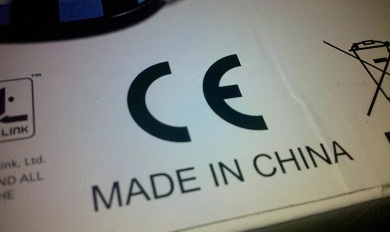
In spite of the weakness of a large part of the business indicators in July, signs are starting to be seen of some stability in domestic demand. Within this context, the International Monetary Fund has slightly lowered its growth forecasts for the Asian giant to 8% in 2012 and 8.5% in 2013, a little above our main scenario, which predicts growth of 7.7% and 8.3% in 2012 and 2013, respectively. Nonetheless, we expect the continuation of expansionary monetary measures and the new fiscal initiatives to boost growth during the second half of the year.
The slowdown in the CPI, namely from 3.0% year-on-year in May to 1.8% in July, largely helped by the food component which accounts for more than one third of the general price index and which moderated its growth from 6.4% in May to 2.4% in July, will permit greater relaxation of monetary policy.
Along these lines is the unexpected lowering of the official interest rate for one-year loans, the second cut in less than two months, which was reduced by 31 basis points to 6.0%. Over the second half of the year we expect a further reduction in the interest rate and up to three reductions of around 50 basis points in the cash reserve ratio.
Similarly, there is still support for growth from policies to increase the relative weight of domestic consumption and the services sector, public investment in infrastructure and promotion of the construction of affordable housing, among other measures.
Although there was a weak tone in general, some leading indicators remained stable. In particular, industrial production grew by 9.2% year-on-year in July, only 0.3 percentage points below the average for the second quarter.
Also the production of cement and steel remained stable, while electricity consumption picked up slightly from its sharp drop in June. Concerning demand, retail sales in nominal terms grew by 13.1% year-on-year in July, below the 13.9% of the second quarter. At this point, it should be noted that the indicator for retail sales is an imperfect measurement of household consumption as it does not include the consumption of services (except for catering) but does include sales to firms and government.
The sale of furniture and decorative elements, significantly related to household consumption, remained stable. For its part, cumulative investment in fixed capital from January to July grew strongly by 20.4%, compared with 21% for the cumulative figure up to June.
Lastly, exports were a disappointment due to the increasing debt crisis in Europe. July’s exports increased a mere 1.0% year-on-year in current terms, way below the figure of 9.2% for the first half of 2012, while imports grew by 5.7% year-on-year compared with an average of the 6.6% for the six first months of the year. This placed the trade surplus at 25 billion dollars.
Given the fragility of exports, the government will continue to resist appreciation of the renminbi-dollar exchange rate. A resistance that is also encouraged by the fact that, over the last few months, the dollar has risen non-stop against many other currencies.
In short, although we are still within an economic slowdown, we expect the expansionary monetary and fiscal measures implemented by the government to start pushing up growth in the second half of the year, mitigating fears of a hard landing for China.






Be the first to comment on "China: improvement is expected for the second half of the year"